Return to work with restrictions letter template
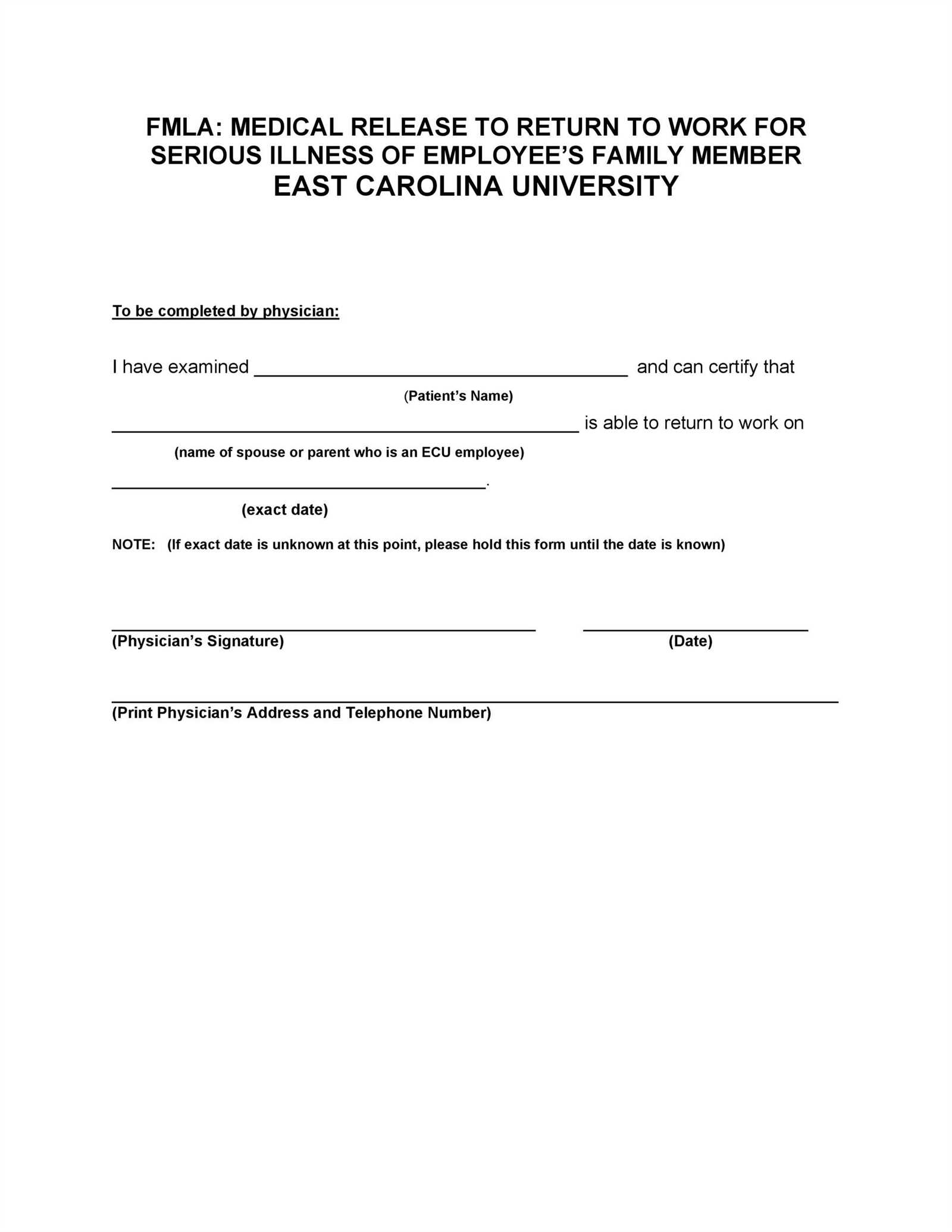
If you are an employer or HR manager, it’s important to create clear and concise communication when an employee is returning to work with restrictions. A letter that addresses these adjustments not only shows care for the employee’s wellbeing but also sets expectations for their work environment. Below is a template for a return-to-work letter that includes specific guidance for managing restrictions effectively.
Subject: Return to Work with Restrictions
Dear [Employee Name],
We are happy to welcome you back to work after your time away. Based on the medical recommendations provided by your healthcare provider, we understand there are certain restrictions that need to be accommodated during your transition back to the workplace. Please review the following details to ensure a smooth reintegration.
Restrictions: [Detail the specific restrictions such as modified duties, reduced hours, or specific accommodations, e.g., no lifting over a certain weight, limited standing, etc.]
Work Schedule: [Outline the proposed schedule, whether full-time or part-time, and any changes to regular hours or duties.]
Expected Adjustments: [Describe how the employee’s work environment will be adjusted to meet their needs. This may include ergonomic adjustments, changes in tasks, or work-from-home options.]
Support: If you need additional support during this period or have any concerns, please reach out to HR. We are committed to ensuring you have everything needed for a safe and successful return to work.
We look forward to having you back and are here to support you through this process.
Best regards,
[Your Name]
[Your Title]
[Company Name]
Here is the revised version without repetitions:
To ensure a smooth return to work, outline any adjustments clearly in your letter. Start by specifying the duration of the restrictions and any necessary modifications to the work environment. For example, if the employee requires a flexible schedule or modified duties, state this explicitly.
Provide a brief explanation of the accommodations needed and highlight the importance of supporting the employee’s recovery while maintaining productivity. It’s helpful to include any medical recommendations or reports to clarify the situation. This will make it easier for the employer to understand the scope of the restrictions and how they can be implemented effectively.
Conclude the letter by offering your availability for further discussion. Make sure the tone is professional but approachable, ensuring a collaborative approach to the employee’s return to the workplace.
- Return to Work with Restrictions Letter Template
A Return to Work with Restrictions Letter is a document provided by an employee’s healthcare provider or a worker’s compensation board. It specifies the limitations an employee may have upon returning to work after an illness or injury. The letter should include clear details on physical or mental restrictions and guidance for accommodating these limitations in the workplace.
Key Components to Include in the Letter
The letter should be concise and structured. Below are the key components to include:
| Section | Description |
|---|---|
| Employee’s Name | The full name of the employee returning to work. |
| Employer’s Information | Name of the employer or company, including contact information. |
| Medical Diagnosis | A brief description of the medical condition or injury (optional, based on privacy regulations). |
| Restrictions | Specific restrictions, such as lifting limits, hours of work, or any physical activities that should be avoided. |
| Duration of Restrictions | The expected time period the employee will need to work under restrictions. |
| Recommended Accommodations | Suggestions for adjustments to the employee’s work environment or duties to accommodate their condition. |
| Return Date | The date the employee is expected to return to work. |
Example Template
Dear [Employer’s Name],
This letter is to inform you that [Employee’s Name] is ready to return to work following their [medical condition or injury]. Due to [condition], the following restrictions should be observed:
| Restriction | Description |
|---|---|
| Physical Activity | No lifting over [X] lbs for [time period]. |
| Work Hours | Reduced hours: [X] hours per day for the next [X] weeks. |
| Tasks to Avoid | Avoid tasks requiring [specific movement or activity]. |
| Workplace Adjustments | Provide a sitting workstation to reduce strain. |
These restrictions are in place until [end date]. We will reassess the situation as necessary.
Should you require further details or clarification, please feel free to contact me.
Sincerely,
[Healthcare Provider’s Name]
[Healthcare Provider’s Contact Information]
How to Structure a Return to Work Letter for Employees with Health Limitations
Begin by clearly addressing the employee and acknowledging their health situation. Ensure that the tone of the letter is empathetic and understanding of their condition.
- Greeting and Introduction: Start with a warm greeting, stating the purpose of the letter. Mention that you understand the employee’s current situation and are ready to support their return to work.
- Health Limitations Acknowledgment: Briefly reference the health limitations the employee may have, based on the information you have. Make sure this section is respectful and non-invasive.
- Job Modifications: Provide specific details about any adjustments or modifications that will be made to accommodate the employee. This can include reduced hours, lighter duties, or flexible work options.
- Timeline: Clearly state the expected start date and any changes to the employee’s schedule. If there is a phased return plan, outline how it will unfold.
- Support and Resources: Offer information on additional support available, such as access to workplace accommodations or health benefits, if applicable.
- Next Steps: End the letter with clear next steps. Request that the employee reach out to confirm their return and ask for any further medical documentation if necessary.
- Closing Remarks: Close the letter with a supportive statement, reinforcing your willingness to assist during the transition back to work.
Be concise, respectful, and provide the necessary details to help the employee return smoothly while managing their health needs.
Clearly state the employee’s return date. Include the exact date the individual is expected to resume work, and specify whether it’s a full-time or part-time schedule.
Specify any modified work arrangements. If the employee will return with limitations or require flexible hours, outline these adjustments in detail to ensure smooth reintegration.
Detail the required accommodations. If the employee needs special equipment, changes to their workspace, or additional support to perform their duties, mention these clearly in the letter.
Reaffirm any medical documentation required. Let the employee know whether they need to submit a doctor’s note or any other health-related documents before returning to work.
Clarify any ongoing health or safety protocols. If there are specific workplace health and safety measures in place, provide a reminder, such as mask-wearing, social distancing, or sanitization routines.
Include a point of contact. Specify who the employee should reach out to if they have questions or require further clarification about their return or workplace adjustments.
Confirm expectations. Briefly outline any expectations for the employee’s performance or behavior upon returning, focusing on any changes in procedures or policies that may be relevant.
Legal Considerations When Writing a Return to Work Communication
Ensure that your return to work communication aligns with labor laws and company policies. Address any accommodations that may be required under laws like the ADA (Americans with Disabilities Act) or FMLA (Family and Medical Leave Act). If the employee has a medical condition that requires special adjustments, clearly state the steps being taken to accommodate those needs. Document any agreements regarding modified duties or changes to work hours to avoid future misunderstandings.
Respect confidentiality by only sharing necessary information with the relevant parties. Do not disclose the employee’s medical condition or other personal details without consent. Keep all communications professional and ensure that any personal data is handled according to privacy regulations, such as HIPAA in the United States.
Clarify any expectations regarding the employee’s role upon their return. Make sure the job duties and any modified responsibilities are clearly outlined, including any deadlines or goals to meet. Avoid assumptions and be specific about what is required for a successful return to work. This reduces the potential for disputes over job performance or scope of duties.
Confirm the legal requirements for any necessary documentation. If the employee needs to submit a doctor’s note, fitness-for-duty certification, or other medical documentation, specify the timeline for submission. Ensure that all legal forms are appropriately completed and stored in compliance with company policies and regulations.
Lastly, provide information on any workplace safety protocols that need to be followed upon return. Include any necessary training or instructions related to workplace health and safety, especially if the employee’s duties have changed or the environment has been adjusted due to health-related issues. This will help prevent any potential legal challenges related to workplace safety violations.
Start by providing precise details about the restrictions and how they affect your work tasks. Avoid vague language and outline specific activities that may need to be modified or avoided. For example, instead of saying “I have trouble lifting heavy objects,” state, “I am unable to lift items over 10 pounds due to a back injury.” This ensures the employer understands the limits and can assess potential adjustments accordingly.
1. Use Clear and Specific Language
Be direct about your physical or mental limitations. Descriptions such as “restricted mobility” or “limited stamina” can confuse employers. Instead, use explicit terms: “I can only stand for 15 minutes at a time” or “I need a 5-minute break every hour.” This level of detail helps managers make informed decisions about how to accommodate your needs.
2. Offer Solutions for Adjustments
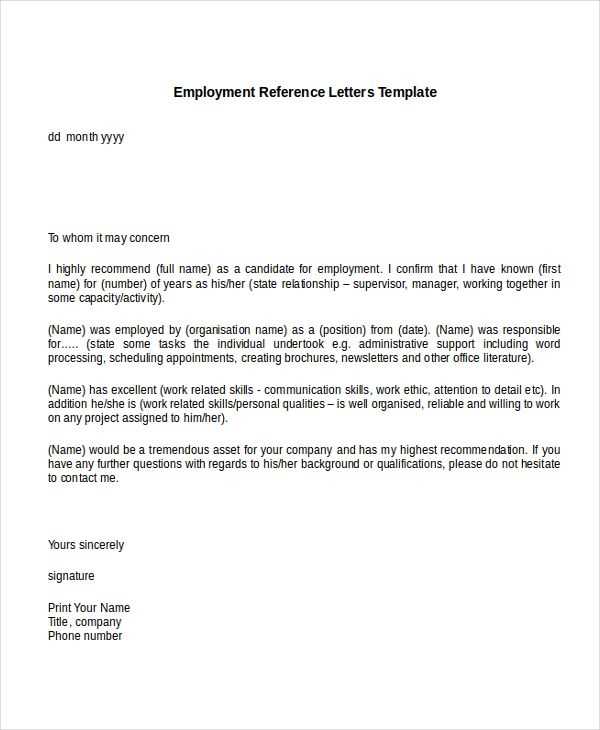
Propose specific accommodations that would allow you to continue working effectively. For example, if you can no longer sit for long periods, suggest a more ergonomic workstation or the ability to work from a standing desk. Suggesting solutions demonstrates initiative and a willingness to work with your employer to ensure productivity while respecting your restrictions.
3. Maintain Open Communication
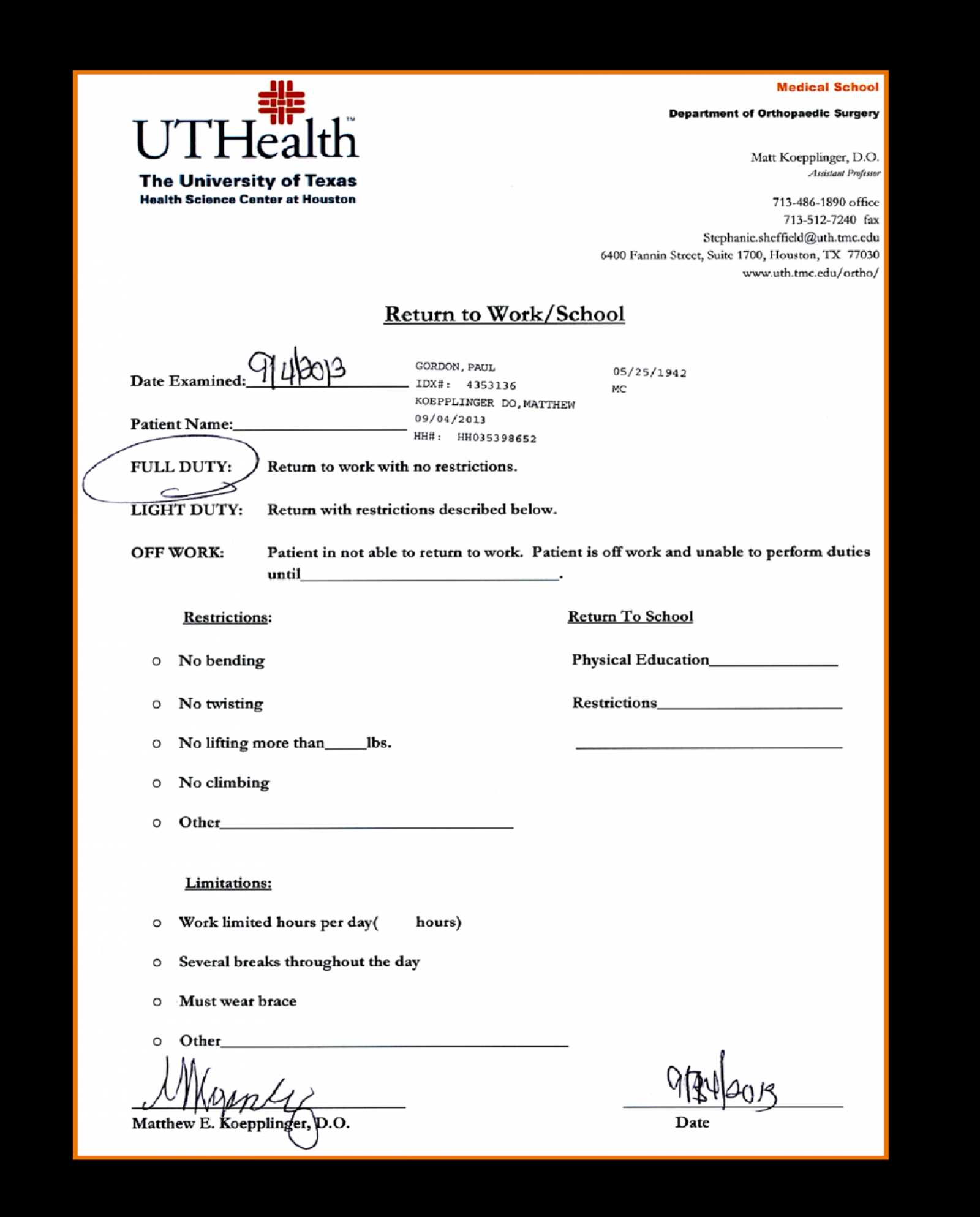
Make sure to update your employer regularly, especially if your situation changes. If your condition improves or worsens, notify them promptly to reassess and adjust accommodations as needed. Keeping the lines of communication open fosters a collaborative relationship, ensuring both your well-being and your work performance are prioritized.
4. Keep Documentation Accessible
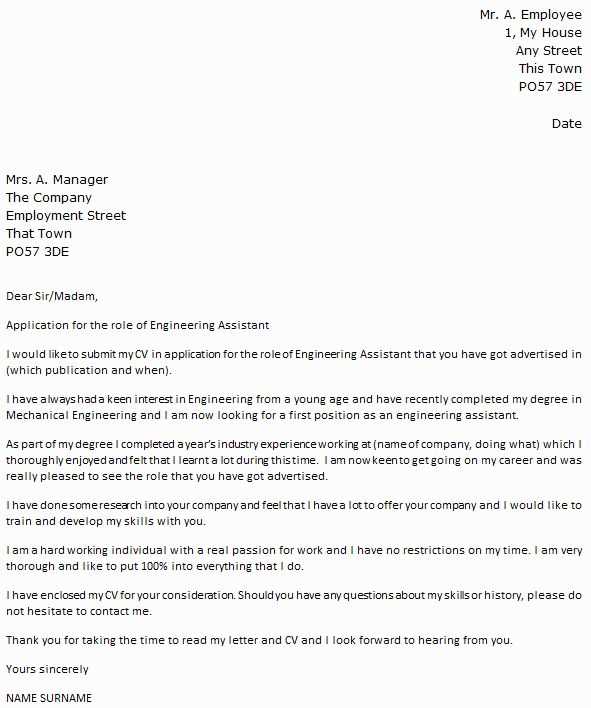
Always have relevant medical documentation on hand that supports your restrictions. A doctor’s note or formal report can provide concrete evidence to back up your request and clarify the need for accommodations. This helps ensure your employer is fully informed and avoids misunderstandings.
5. Respect Confidentiality
Be mindful of privacy concerns. You don’t need to disclose the exact medical condition unless it directly impacts your ability to work. Share only the necessary information to maintain a professional relationship and keep personal details confidential, unless they’re required by your employer for legal or accommodation purposes.
Example of Clear Communication
| Scenario | Clear Communication |
|---|---|
| Restricted movement due to injury | “I am unable to walk long distances or stand for extended periods due to a foot injury. I can sit at my desk and attend meetings, but I would need a chair with proper back support.” |
| Need for frequent breaks | “I need a 10-minute break every hour to manage my symptoms. I can continue to work, but a regular pause helps maintain my focus and comfort.” |
| Limited ability to lift | “Due to my condition, I cannot lift more than 10 pounds. If any lifting tasks are part of my responsibilities, I would appreciate assistance or a change in duty.” |
By following these practices, you provide your employer with the necessary details to make informed decisions about your work environment. This approach not only ensures that you remain productive but also fosters a supportive and respectful workplace.
When writing a letter for an employee returning with restrictions, clarity and accuracy are key. Avoid these common mistakes to ensure a smooth transition and prevent misunderstandings:
- Overcomplicating the Language: Use clear and simple language. Don’t use technical jargon or overly complex terms that may confuse the employee. The letter should be straightforward to avoid unnecessary misunderstandings.
- Failure to Specify Restrictions: Always clearly outline the specific restrictions in place. For example, if the employee can only perform certain tasks or requires accommodations, state this explicitly to avoid confusion about their responsibilities.
- Ignoring Confidentiality: Do not include unnecessary details that breach the employee’s privacy. The letter should focus on the work-related aspects of their return, not personal medical information.
- Not Including a Follow-Up Plan: Failing to mention a plan for checking in on the employee’s progress can leave them unsure of the process. Include details on how progress will be monitored and how adjustments will be made if needed.
- Being Too Vague About Expectations: Clearly outline what is expected from the employee. If they are on modified duties, explain exactly what their responsibilities will be and set clear goals to avoid any ambiguity.
- Not Acknowledging the Employee’s Efforts: Show empathy and appreciation. Acknowledge the effort and progress the employee has made in dealing with their situation. This helps maintain a positive tone in the letter.
- Neglecting to Address Legal Requirements: Ensure that the letter complies with local labor laws and regulations regarding disability, leave, and accommodations. Missing legal aspects could lead to potential legal issues.
By avoiding these mistakes, you create a supportive and clear communication channel that benefits both the employee and the organization.
Provide clear and detailed explanations of the workplace adjustments being made. Employees will feel more at ease when they understand how these changes are designed to support their health and productivity.
Ask employees to share any specific concerns they have. This allows them to express their needs and helps you identify areas where adjustments might be necessary. A proactive approach shows that their comfort matters to you.
Be transparent about the reasons for restrictions. Whether these measures are related to health protocols or logistical constraints, addressing the “why” will help employees feel more confident in the decisions being made.
Offer flexibility where possible. If restrictions are affecting work processes, explore alternatives such as flexible hours or modified duties that can reduce stress and maintain productivity without compromising health and safety.
Provide regular updates. Keep employees informed as the situation evolves and as restrictions change. Continuous communication builds trust and keeps everyone aligned with the current state of affairs.
Encourage feedback and stay open to adjustments. Let employees know they can raise any ongoing concerns and that you’re committed to improving their work environment within the limits of the restrictions.
Return to Work with Restrictions: Streamlined Approach
Maintain clarity in your letter by keeping the message concise and focused. Here’s how to do it:
- Start by outlining the employee’s work restrictions clearly, avoiding ambiguity. Mention specific limitations without excessive detail.
- Describe the temporary adjustments or accommodations provided, such as altered work hours or modified tasks.
- Provide any necessary medical documentation or references to support the restrictions.
- Ensure the tone is supportive, indicating the company’s commitment to the employee’s well-being and successful reintegration into the workplace.
- Keep the conclusion brief but reaffirm your willingness to assist with the transition process. Offer a direct point of contact for further discussion.
Key Points to Include
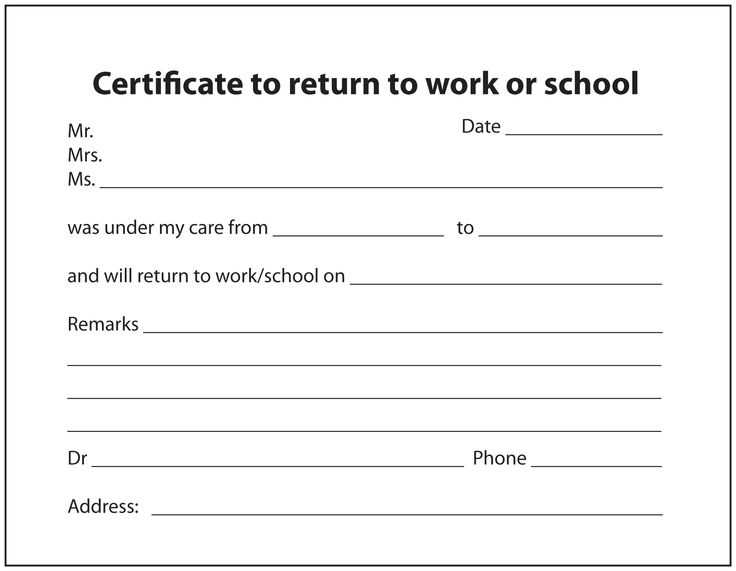
- Employee’s job title and main duties.
- Specific restrictions, including physical or mental limitations.
- Proposed accommodations or changes to the work environment.
- Effective date and expected duration of restrictions, if applicable.